
The Manu Jungle is truly like no other place on Earth, the ultimate heaven for wildlife and nature lovers. This remarkable realm has a host of activities for adventurous explorers from which to spot and appreciate its incredible array of flora and fauna, whether staying in a jungle lodge or venturing deep into some of the Amazon’s largest protected reserves.
On your Amazon vacation, you’ll experience some of the most exciting adventures imaginable on Amazon Rainforest activities accompanied by a bilingual naturalist guide, to ensure your safety and enjoyment.
A jungle walk through the Amazon rainforest is a wonderful experience where you’ll not only see the Amazon’s unique wildlife but also learn about the various medicinal plants that have been used for decades. On the ground look out for anaconda snakes, tarantulas, poison dart frogs, rubber trees, and pineapple flowers. If you look up, you might be lucky enough to see a three-toed sloth hanging from a tree, or a group of squirrel monkeys jumping through the rainforest canopy. Even though the Amazon jungle has more than 1/3 of all animal species recorded in the world, including 1/5 of all birds on earth, it’s still difficult to predict exactly what animals you’ll see. Be sure to stay alert with your best binoculars close by.


The Wayqecha Biological Station is located in the cloud forest of the department of Cusco, located at an elevation of 2,950 m in the transition between the cloud forest and the high Andean grassland or puna. Established in 2006, Wayqecha has about 700 ha of extension, which cover a gradient of 1,200 m in elevation, from 2,300 m in the lowest part, to 3,500 m.
This gradient allows access to several terrestrial habitats including the cloud forest, the cloudy sclerophyll scrub, the high Andean grassland and its ecotone with the forest, one of the most marked ecological boundaries on the planet. Due to changes in elevation and exposure of the slopes, the cloud forest itself is variable in its physiognomy, including forests with tall trees, abundant tree ferns and vascular epiphytes, and elfin forest or mossy forest, with small and twisted trees, covered with thick masses of bryophytes. Likewise, there are a large number of water bodies in the reserve, including streams within the forest, torrent rivers, and small lagoons and high Andean wetlands. Wayqecha occupies an Andean ridge between the Tocoruyoc and Allpacancha rivers, and from its facilities, all the station’s habitats can be accessed.
Francisco or Mariano will give us a brief introduction to the world of orchids, we will learn about their description, characteristics, how they are pollinated and how they germinate, as well as a rich photographic presentation. Then, we will start a tour of the orchid circuit following a 400-meter path, where we can find more than 200 species.
We will have the opportunity to appreciate many of them, some with the help of a magnifying glass due to their small size and others with the naked eye.
Duration: approx. 3 hours.
After a brief briefing, we will begin our walk along one of the seven trails that cross the Wayqecha Biological Station. Using a map we will follow the trail system that researchers use to study the fauna and flora of the place.
All trails show us the beauty of the landscape immersing us in the cloud forest and in the diversity of plants, insects, birds and mammals.
Duration: approx. 4 hours.
We will walk along the road until we reach the Cloud Forest Interpretation Center, which is also the starting point of our tour to the Canopy.
In the interpretation center we will find information organized in a very simple way, which leads us through various fields of natural sciences. With the help of a local interpreter our understanding will be opened to many fascinating and unimaginable topics that exist in these forests. This explanation prepares us to see nature with different eyes, enjoy and marvel at what we will find on our canopy tour. In just a matter of minutes we will be standing on the top of the trees surrounded by the sounds of the forest and from the best seat to observe the animals and the landscape.
Duration: approx. 4 hours

Tres Cruces is a natural site that is on the way to the Amazon forest in Manu National Park. Located at 3,700 meters of elevation, it is a natural overlook where one can see the transition from the Andes to the Amazon at the level of the mountains, while also taking in the impressive sunrise from Tres Cruces, where the colors and forms that emerge as a result of the rising sun stand out. This natural phenomenon can best be beheld during the months of the dry season, between May and October. One of the easiest ways to get to this tourist site is from the locality of Paucartambo 105 km away (approximately 2 hours, 20 minutes) on an asphalted highway from Cusco. From there you will follow a car-accessible trail in the direction of the Acjanaco Pass 35 km from Paucartambo, passing through Challabamba (approximately 50 minutes). From here you will see the first indications that we are entering Manu National Park; at this point you should take the detour to the Tres Cruces Overlook, though before you do, you should register with and pay the entrance fee at the Acjanaco Guard and Control Post, where you will find a small, though very interesting orchid garden. The tour from the Acjanaco Guard and Control Post to the Tres Cruces Overlook is approximately 14 km, or 30 minutes drive, along a car-accessible trail in the Andean scrubland.
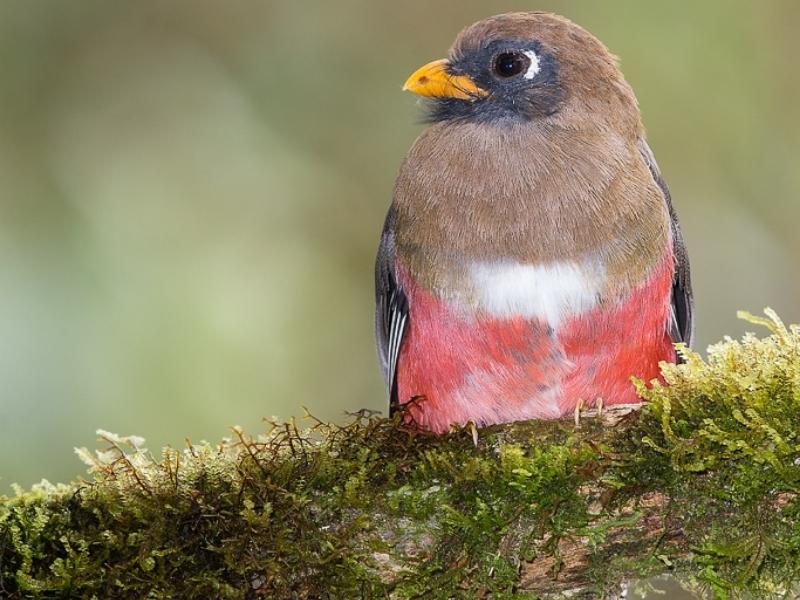
The Trocha Erickson is located in the Andean zone of Manu National Park. It is a tourist trail that crosses scrubland and montane forest, passing through two life zones (rainy-subalpine moorland and very humid-subtropical montane forest). The descent is performed on foot, approximately six kilometers long (three hours), with an altitudinal gradient that goes from 3,500 meters in the Andean scrubland to 2,635 meters in the cloud forest, in the Pillahuata sector. This altitudinal gradient will allow you to appreciate the change in vegetation over just a few hours, as well as contributing to the existence of the appropriate habitat for various species of orchids, bromeliads, ferns, birds, amphibians, spectacled bear, and puma, among others. It is most spectacular to find oneself on this path in a forest covered with epiphytes (plants that grow on other plants), primarily because it is within a cloud forest in which the clouds submerge the forest in mist that at times is quite gloomy.
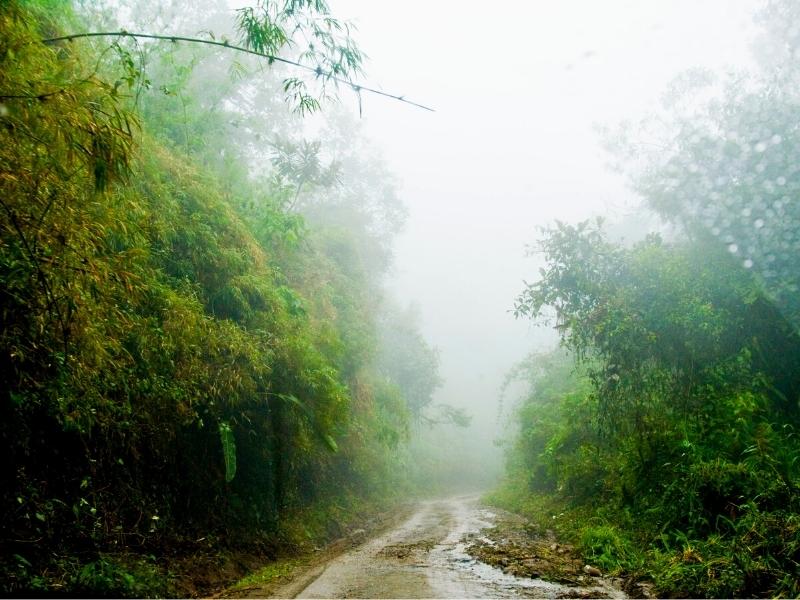
The cloud forest is this zone’s principal element: a unique and very diverse ecosystem. Some of the attractions that can be found here are the famous leks of the Andean cock-of-the-rock, waterfalls, paths for observing flora and fauna, gardens for observing hummingbirds and other birds, as well as tourist lodging and quality food. The cloud forest, or ‘montane rainforest,’ also known as a ‘forest of clouds,’ is located between 900 and 3,000 meters above sea level. It is a zone of permanent fog and a splendid landscape filed with vegetation. This part of the Kosñipata Valley acts as a sponge, absorbing the rain, condensing the clouds, and releasing water little by little in the lower areas, thereby helping reduce flooding and landslides. The Kosñipata Valley cloud forest is characterized by having profoundly dense fog in the arboreal canopy (forest canopy). Trees here can grow up to 30 meters high and are covered with orchids, heliconias, and ferns, forming a dense forest interrupted only by small streams and waterfalls that emerge and are lost among the vegetation. Currently, it is estimated that this zone contains no less than 200 different species of trees; 561 species of birds and 43 species of mammals have been recorded, as well as countless amphibians.
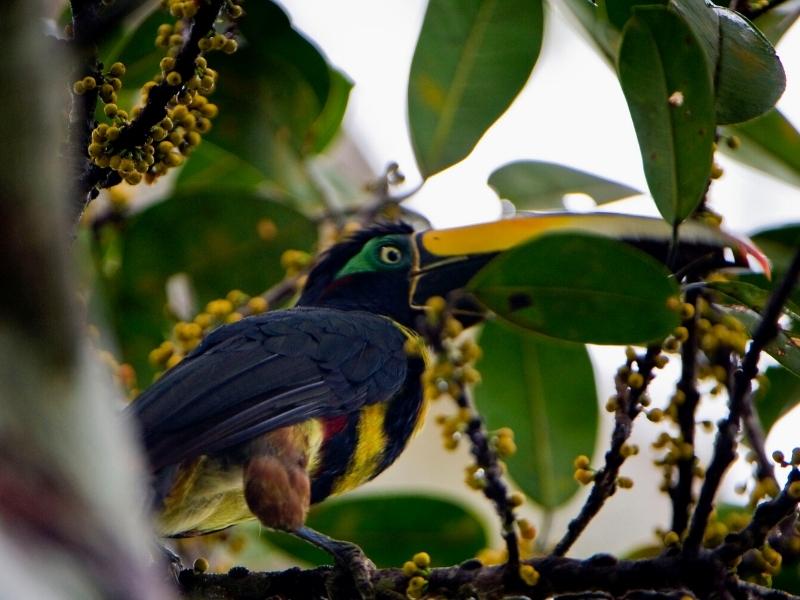
The Bosque Nublado (Cloud Forest) PCA is, by its very nature, a representative sample of the type of ecosystem in which it is embedded; its altitudinal ranges permit the existence of hundreds of species of plants and animals. It measures 3,500 hectares and holds great value, primarily for preserving the ecosystem continuity of Manu National Park‘s buffer zone. This Private Conservation Area is managed by Perú Verde Association, an organization that protects this forest and additionally provides services such as lodging and meals for visitors who wish to spend a few days enjoying the cloud forest in the facilities of their Cock-of-the-Rock Lodge. This ecological lodge has a network of trails running through various habitats; this will enable you to watch a great variety of species of flora and fauna. In addition, a cock-of-the-rock lek can be found in this area. In order to access these services, it would be best to contact them and inquire as to what options exist.
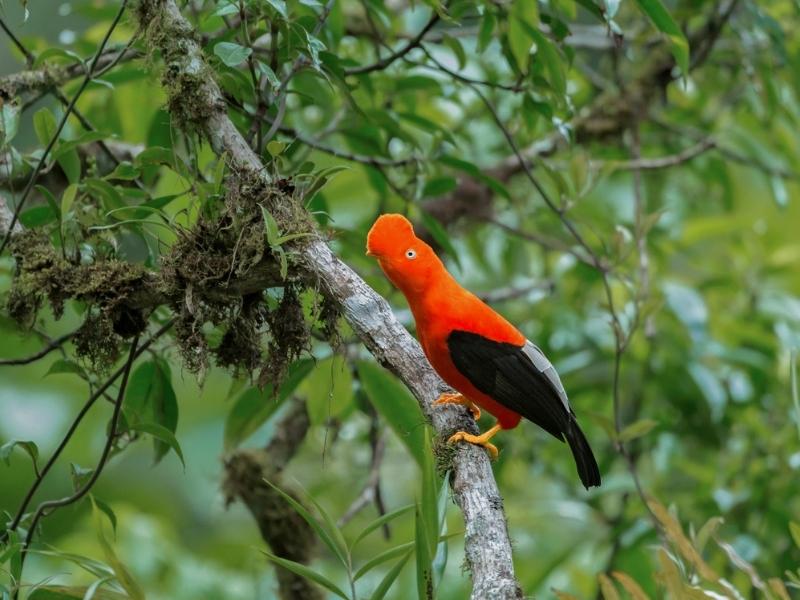
The leks are groupings of males and females (in this case, of Rupicola peruviana) in specific places where the males display their wings, perform dances, and make vocalizations to show the females their qualities, to entice the latter into choosing them in order to subsequently mate. Simply put, it is like a cock-of-the-rock discotheque, where they go seeking a mate and, of course, the females have the last word, or shout. The cloud forest has several leks; nonetheless, there are two facilities where the activity of this species can be comfortably observed, such that these birds’ courtship is not disturbed. The first lek, known as San Pedro, takes place at approximately kilometer 60 of the Paucartambo-Pillcopata Highway, on the right-hand side. This is the most accessible one and is located on private land. Lodging and food can be found nearby. The other, known as Sapansachayoq, can be found on private land measuring approximately 50 hectares on the right-hand side of the Kosñipata River, between the sectors of San Pedro and Chontachaca. Here, in addition to being able to observe the lek, basic lodging and meals are available; however, in order to access these services, you must coordinate in advance.

The Manu Endemic Station currently operates as a field research center that also welcomes tourists. It is located in a forest in the process of recovery, where more than 50 years ago the settlers who came to the zone performed selective logging of some timber-bearing species. Since then, the forest experienced very little intervention until the current day when it is now in recovery and being preserved. Manu Endemic Station has a network of five trails that together measure almost seven kilometers in length and are designed to enable you to fully enjoy the forest and see some of the many animals that live there. Here we find more than 20 species of mammals and more than 213 species of birds, among them some that are endemic, along with a dazzling biodiversity of butterflies and plants. This station has facilities for receiving visitors on camping platforms; however, you must plan your visit some days prior to your arrival.
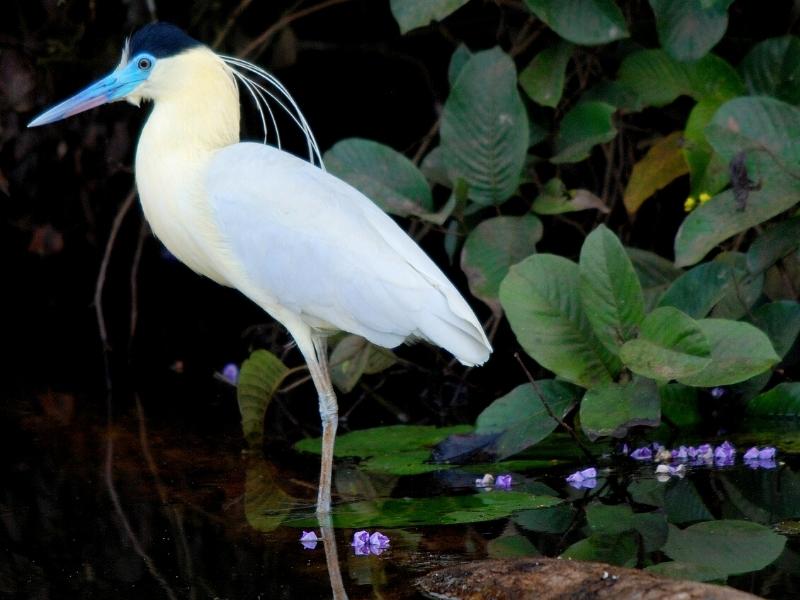
Cocha (lake) Anapata is a natural lake formed by the flooding of a stream on the floor of the Kosñipata Valley in the town of Patria. This is the sole lake in this location, and perhaps one of the most beautiful found in the Manu Biosphere Reserve tour in the Kosñipata District, and is easy to access. It is a living refuge for birds and has great scenic beauty and abundant biodiversity in the surrounding forest. Visitors arriving in the morning or afternoon can see the sun shining in the sky as well as its reflection in the lake’s waters. There is a large number of resident birds that are fully dependent on this type of habitat, such as herons, hoatzins, moorhes, etc., and the list continue to grow. In 2018, a total of 95 species of birds were recorded. Visiting this place with a guide would be very beneficial, as you will be able to identify what species you are seeing. It is very important to contact the owners in order to be able to visit the lake.

The Pillcopata Natural Lookout Point is an extraordinary strategic point from which to view nature: a place to watch birds that speedily fly in the early hours in various directions in search of food, a point that visually catapults us into the environs of the surrounding mountains. In the very early morning, standing on top of the lookout, one experiences an enthralling sunrise accompanied by the melodious warbling of birds, as the dazzling and radiant sun kisses the infinity of treetops on the forest horizon of the Kosñipata Valley. In the distance, the mountains from which spring the rivers that later become the great Yacumama or Madre de Dios River appear as a mosaic of hills covered in clouds and life. In addition, on the way to the overlook one finds a ‘cocha,’ or small lake, wherein some mammals and reptiles, such as the neotropical otter (Lontra longicaudis), agoutis, and dwarf alligators, coexist; with a bit of luck, you’ll be able to observe them in their natural habitat

The Villa Carmen Biological Station is located in the foothills of the Andes, where the Amazon grasslands begin, at an elevation of 550 meters in the low valley of the Piñi Piñi River, which drains water from the Andean buttresses of Manu National Park. It is situated at the confluence of the Piñi Piñi and Pillcopata Rivers in Manu Biosphere Reserve, surrounded by a private reserve with an extension of 3,066 hectares. The area is nestled in the reserve and constitutes a natural crossroads. At the foot of the Andes mountain range, in the area surrounding Villa Carmen, one finds still-pristine cloud and rainforests, as well as indigenous Amazonian and Andean cultures. Villa Carmen, established in 2010, also has 50 kilometers of marked trails, with a gradient of 650 meters in elevation that goes from 550 meters at its lowest point to 1,200 meters at the crest of Teparo Punta Hill. This gradient permits access to several terrestrial habitats, including premontane forest, low montane forest, bamboo forests (‘pacales’), and vegetation in primary and secondary succession on riverbanks, areas with landslides, and old agricultural areas.

The Guadalupe Ecological Reserve has a forest within its territory that continues to preserve its most outstanding natural peculiarities due to the fact that it is protected by those who are now its owners as well as because it lies very close to the territorial borders of Manu National Park and the indigenous community of Santa Rosa de Huacaria. As part of the protected space, you can visit a four-hectare flooded forest [‘aguajal’] where you can see more than 50 species of birds, including tanagers, hummingbirds, flycatchers, macaws, parrots, and parakeets. Camera traps and monitoring have recorded large mammals such as tapirs, peccaries, deer, pumas, nocturnal and howler monkeys, and brown capuchins. In particular, it is possible here to catch sight of four species of macaws, such as the blue-yellow macaw (Ara arauna) and blue-headed macaw (Primolious couloni), the latter a threatened species classified by IUCN as endangered and according to national regulations is in a vulnerable state. This reserve also has a series of trails for its visitors, one of them takes you to a bat cave in which, in addition to finding these flying mammals, you can see different vermin inhabiting the walls of this cave, something that may be a bit frightening to some people, though is 100% impressive and highly recommended. It is necessary to contact the owners prior to your arrival in order to fully enjoy this place. You will find very comfortable lodging in the middle of a tranquil forest.
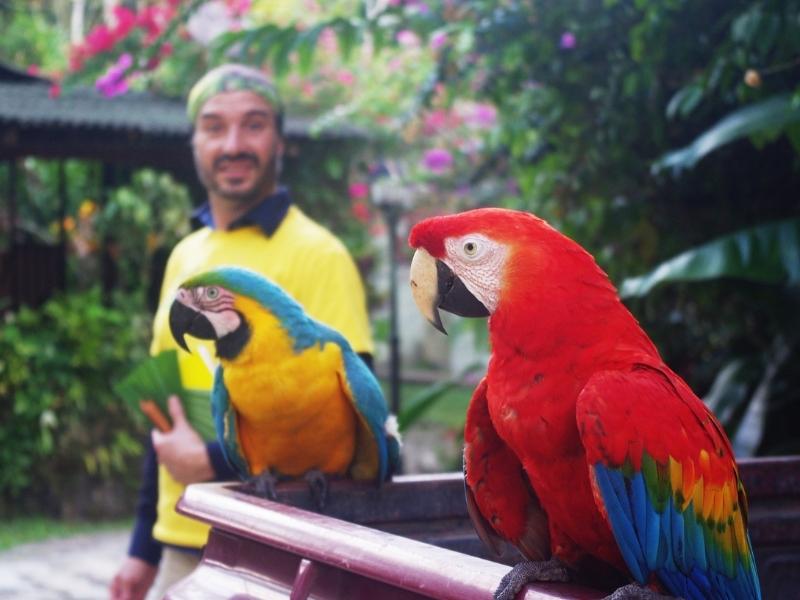
Dos Loritos is a rescue center for wild animals. It is a local initiative that was born of the concerns about the loss of diversity among wild fauna due to the constant alteration of their habitats resulting from human activities. The Dos Loritos wildlife rescue center primarily houses wild animals that have been found, donated, or rescued, thereby preventing them from being hurt or raised in captivity. Here they can find refuge, food, and rehabilitation in semi-free conditions, to later be reintroduced into their natural spaces. The Dos Loritos center offers a guided tour on which you can see various species of wild fauna in the process of reintroduction.
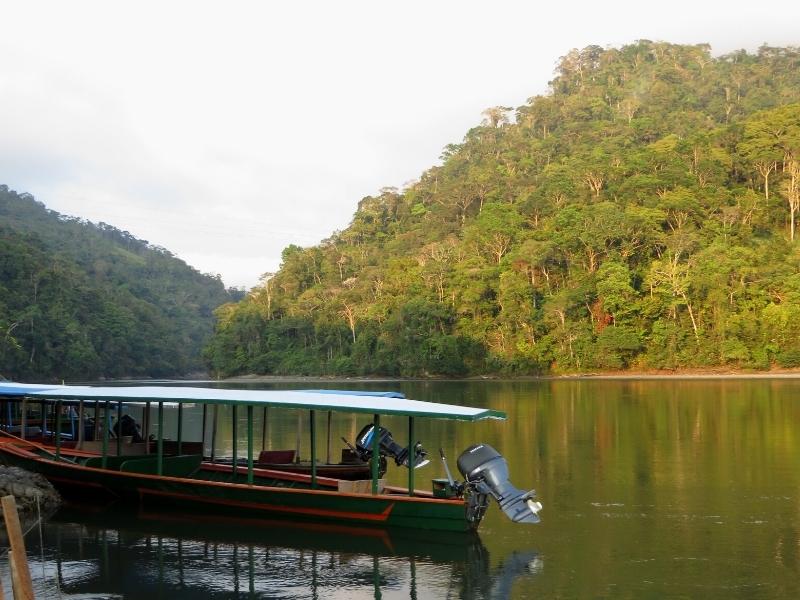
This ecotourism-focused orchid garden was founded in 2008 as an initiative of the locals to provide complementary services to tourists passing through on their way between Pillcopata and Atalaya. The orchid garden’s paths show off more than 70 species. These orchids are not only beautiful, but also constitute important material for studying the process of their evolution; however, many of them are endangered due to human exploitation. You must plan the trip in advance.
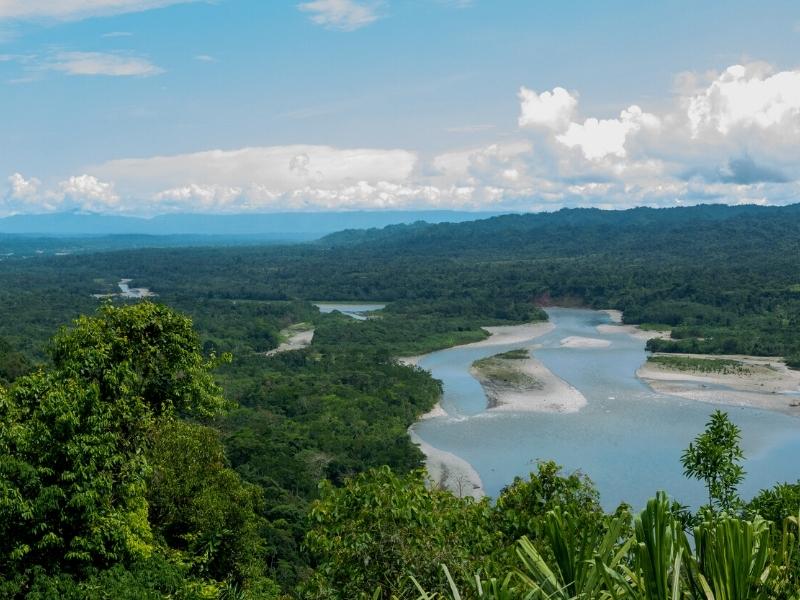
The Atalaya natural lookout point is located on the left-hand side of the Pillcopata-Atalaya highway and produces an incredible experience as you gaze at the majestic mountains in the Pantiacolla chain, the serpentine Madre de Dios River, and the mountains in Manu Biosphere Reserve, which begin to disappear as the Amazonian grasslands take over the landscape. Similarly, from this point we can the Carbón and Alto Madre de Dios Rivers coming together, a natural landmark delimiting the regions of Cusco and Madre de Dios.
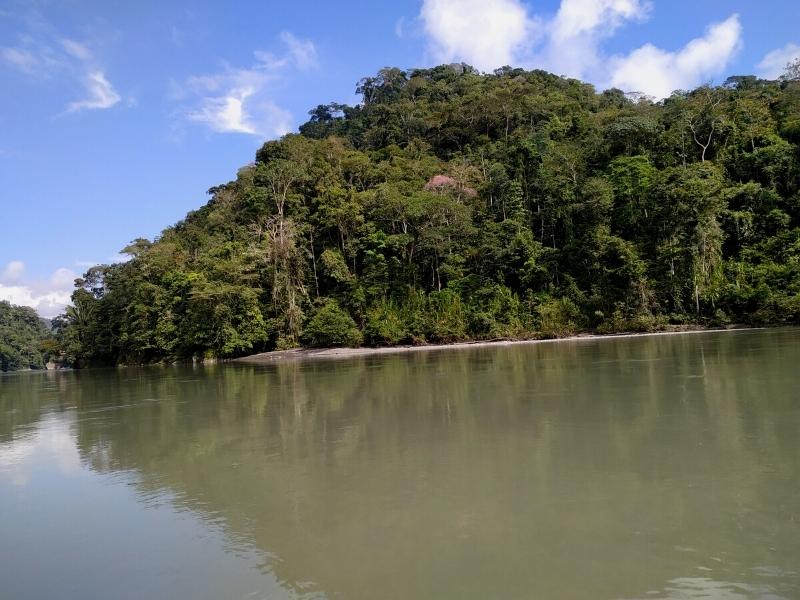
The Alto Madre de Dios River forms from the confluence of the Pillcopata and Piñi Piñi Rivers very close to the village of Pillcopata. From this point, its significant volume of water flows through one of the last Andean buttresses, giving way to the Pongo de Qoñeq. The water gap is approximately 300 meters long and its rocky walls reach 50 meters high. The surrounding area is covered with dense vegetation comprised of ferns, lianas, and orchids. In addition to being able to navigate through this natural formation, it is possible to do so upriver for a few additional minutes via the Piñi Piñi River, where one can find whimsical lithic formations, such as the Calavera Rock [Skull Rock], as well as having an unparalleled experience navigating while surrounded by forest, in many cases primary forest, with little human intervention.
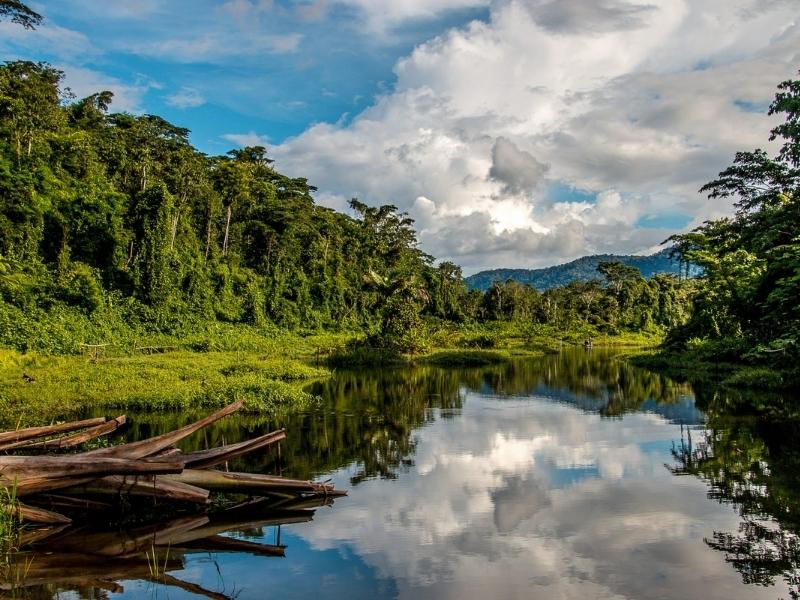
The Machuhuasi Oxbow Lake is a mirror of water measuring nearly one hectare, with an average depth of 1.5 meters and a series of entrance paths and internal routes surrounding it. The total area containing spaces that can be visited is 309.14 hectares, which includes the forest, banks of the Alto Madre de Dios River, small flooded areas, and gigantic trees. This small oxbow lake is one of the last that created by the dynamics of the meanders of the Alto Madre de Dios River. This spectacular lake is home to many species of rare birds, such as the hoatzin, kingfisher, and horned screamer, as well as some turtles, small caimans, and monkeys in the surrounding forest.

Dive deep into the culture and landscapes of Peru with this adventure to Machu Picchu, the Amazon and more. Search for wildlife along jungle trails and rivers in the rainforest from a comfortable lodge then head up into the Andes to Cusco, the capital of the Inca empire.


Your luxury trip to Peru includes a selection of Andean and Amazonian landscapes. We will help you to explore this welcoming and varied country, planning each step of your trip, with the best services. With the help of amazing expert guides, you can enjoy all that Peru has to offer, every detail is well taken care of.


Peru is a country with different cultures and beautiful landscapes. It has one of the best gastronomy in the world. This tour is designed for travelers looking for unique and special moments in their vacations, and families who want to avoid crowds. You will visit the ancient city of Lima, the Amazon forest, the beautiful sacred valley of the Incas, the wonder of Machu Picchu.

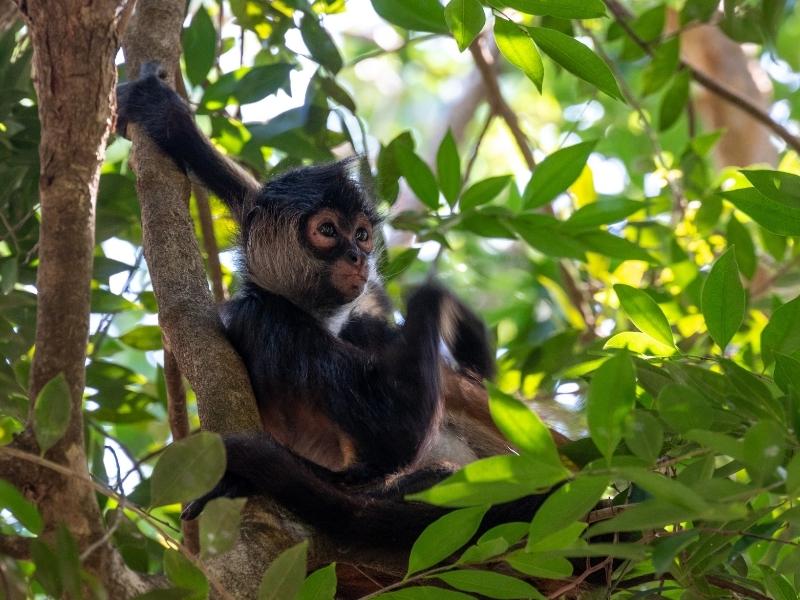
Manu National Park is an excellent way to experience an intense amazon wildlife.Is the biggest Amazon rainforest in the Americas, its incomparable natural wealth, host the greatest amount of flora and fauna of the world.

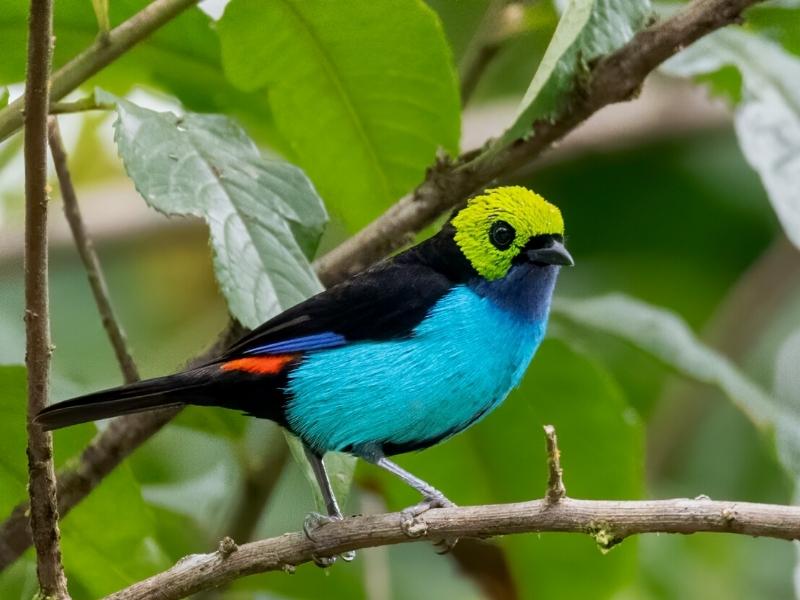
Manu National Park is located in the Amazon rainforest of Peru. This attraction is one of the few places on the planet that still maintains its great biodiversity of birds, mammals, reptiles and many medicinal plants.


Explore Manu National Park 5 days, the amazon’s mystery and Live a fascinating adventure to the vast amazon Manu national park , is one of the best places in South America to see a stunning variety of tropical wildlife.


This trip allows you to have one of the best experiences in the Manu National Park which includes the Reserved Zone in only 7 days. It is an ideal way to experience the culture and traditions of local communities and see the distinct species of animals and birds that inhabit here.

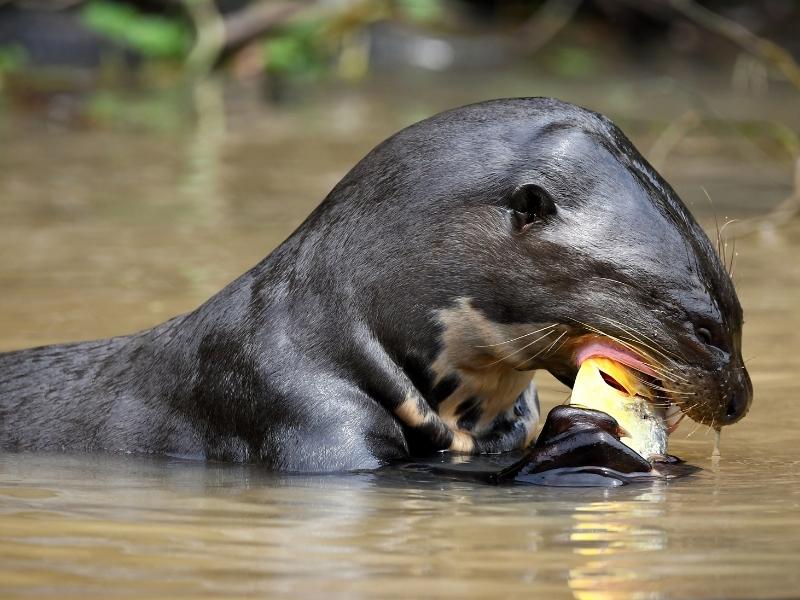
Discover the majestic Amazon rainforest of the Manu National Park. This protected area is in Peru, it is one of the largest ecosystems on the planet, due to its great diversity of birds, insects, plants and mammals.


The Manu Jungle tour goes to one of the largest life biosphere reserves in the World. You will enjoy wildlife, traditional villages, with the best specialized guides.
